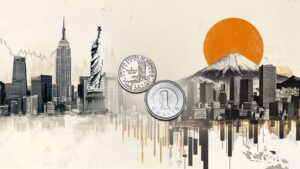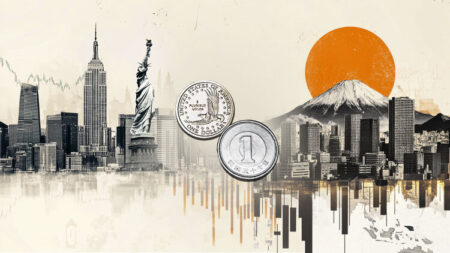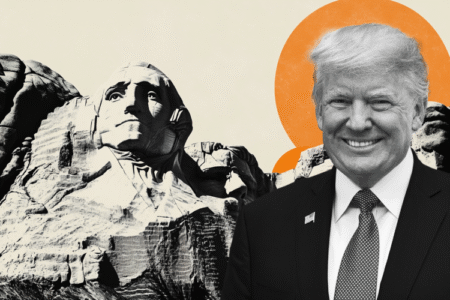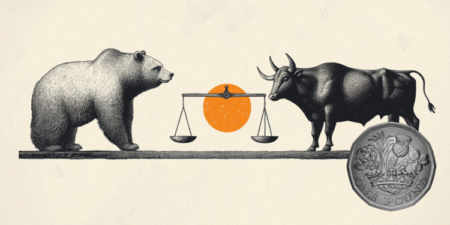- AUD/USD ticks up as the US Dollar struggles to hold hot US PPI-driven gains.
- The US headline and core PPI grew at a faster pace of 0.9% in July.
- Australian Unemployment Rate decelerated to 4.2% in July.
The AUD/USD pair edges higher to near 0.6500 during the European trading session on Friday. The Aussie pair ticks up as the US Dollar (USD) struggles to hold Thursday’s recovery move that was driven by hotter-than-expected United States (US) Producer Price Index (PPI) data for July.
During the press time, the US Dollar Index (DXY), which tracks the Greenback’s value against six major currencies, declines 0.3% to near 97.70 from Thursday’s high of 98.30.
The US Dollar falls back as traders remain increasingly confident that the Federal Reserve (Fed) will reduce interest rates in the September policy meeting, even as producer inflation grew at the fastest pace in three years.
According to the CME FedWatch tool, the probability of the Fed cutting interest rates in September is 92.6%, marginally down from 94.3% seen on Wednesday.
Headline and the core PPI – which excludes volatile food and energy prices – rose by 0.9% on a month after remaining flat in June. Market experts believe that business owners passing the impact of tariffs to consumers could allow the Federal Reserve (Fed) to continue maintaining its “wait and see” approach.
Meanwhile, the Australian Dollar (AUD) trades broadly stable as labor market conditions have improved. The Unemployment Rate decelerated to 4.2% in July, as expected, from 4.3% in June. In the same period, the Australian economy created a fresh 24.5K jobs, which were almost in line with estimates.
US Dollar FAQs
The US Dollar (USD) is the official currency of the United States of America, and the ‘de facto’ currency of a significant number of other countries where it is found in circulation alongside local notes. It is the most heavily traded currency in the world, accounting for over 88% of all global foreign exchange turnover, or an average of $6.6 trillion in transactions per day, according to data from 2022.
Following the second world war, the USD took over from the British Pound as the world’s reserve currency. For most of its history, the US Dollar was backed by Gold, until the Bretton Woods Agreement in 1971 when the Gold Standard went away.
The most important single factor impacting on the value of the US Dollar is monetary policy, which is shaped by the Federal Reserve (Fed). The Fed has two mandates: to achieve price stability (control inflation) and foster full employment. Its primary tool to achieve these two goals is by adjusting interest rates.
When prices are rising too quickly and inflation is above the Fed’s 2% target, the Fed will raise rates, which helps the USD value. When inflation falls below 2% or the Unemployment Rate is too high, the Fed may lower interest rates, which weighs on the Greenback.
In extreme situations, the Federal Reserve can also print more Dollars and enact quantitative easing (QE). QE is the process by which the Fed substantially increases the flow of credit in a stuck financial system.
It is a non-standard policy measure used when credit has dried up because banks will not lend to each other (out of the fear of counterparty default). It is a last resort when simply lowering interest rates is unlikely to achieve the necessary result. It was the Fed’s weapon of choice to combat the credit crunch that occurred during the Great Financial Crisis in 2008. It involves the Fed printing more Dollars and using them to buy US government bonds predominantly from financial institutions. QE usually leads to a weaker US Dollar.
Quantitative tightening (QT) is the reverse process whereby the Federal Reserve stops buying bonds from financial institutions and does not reinvest the principal from the bonds it holds maturing in new purchases. It is usually positive for the US Dollar.
Read the full article here
















